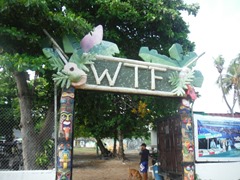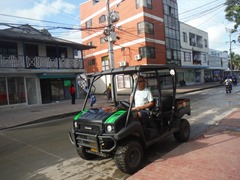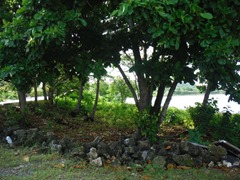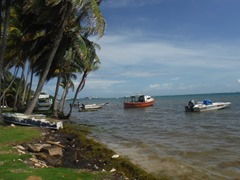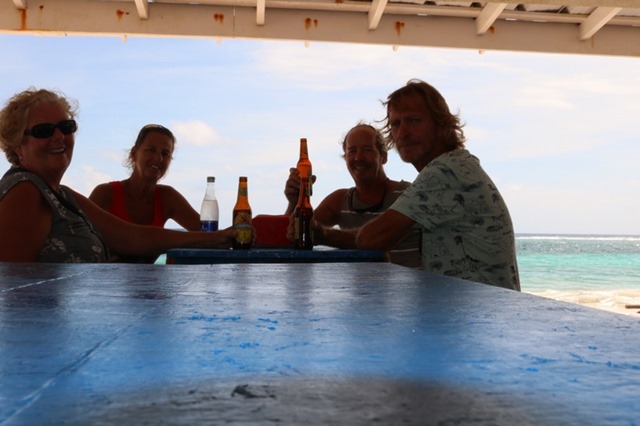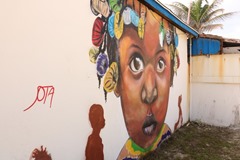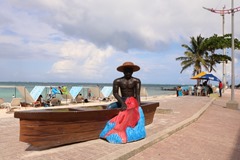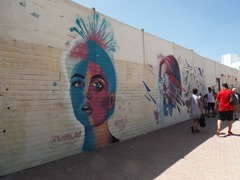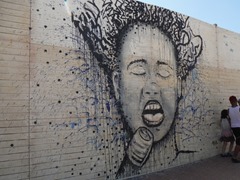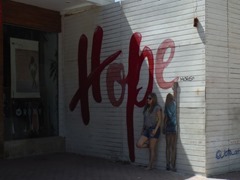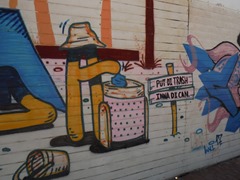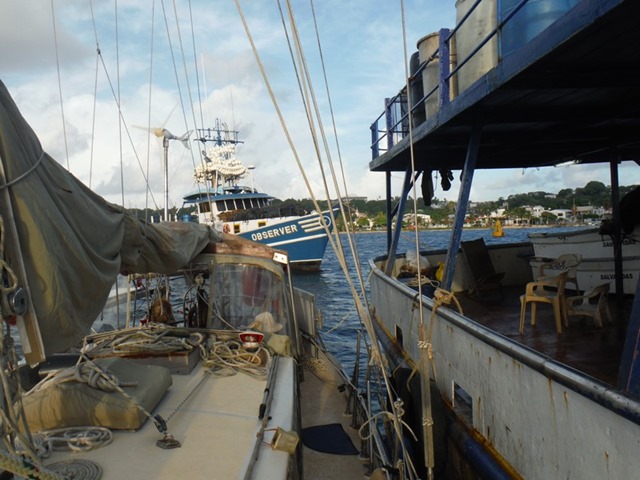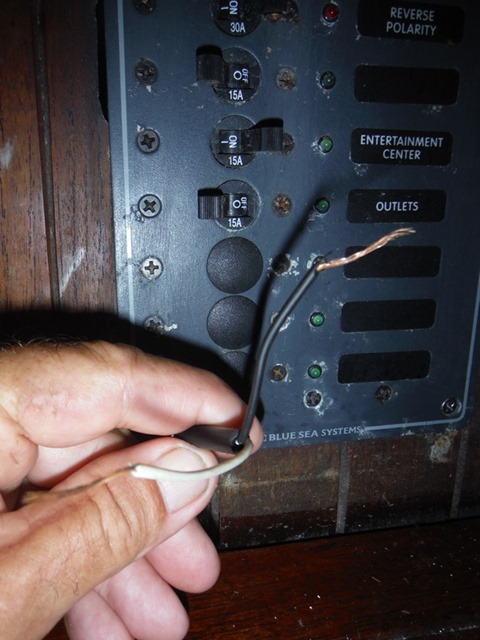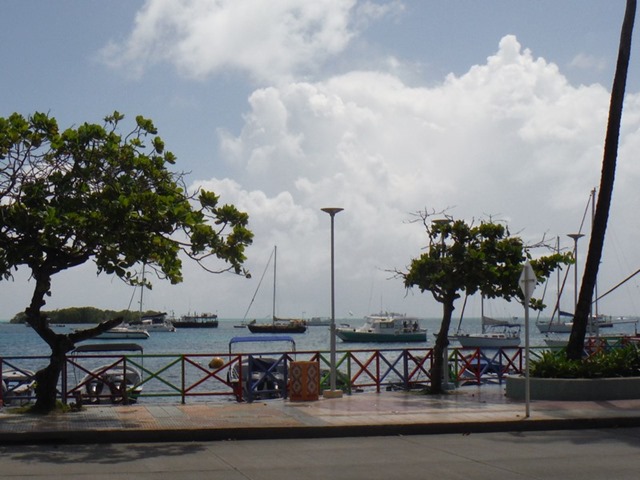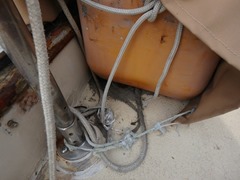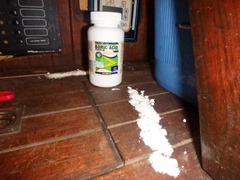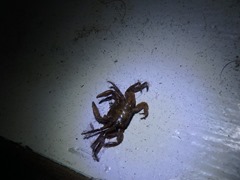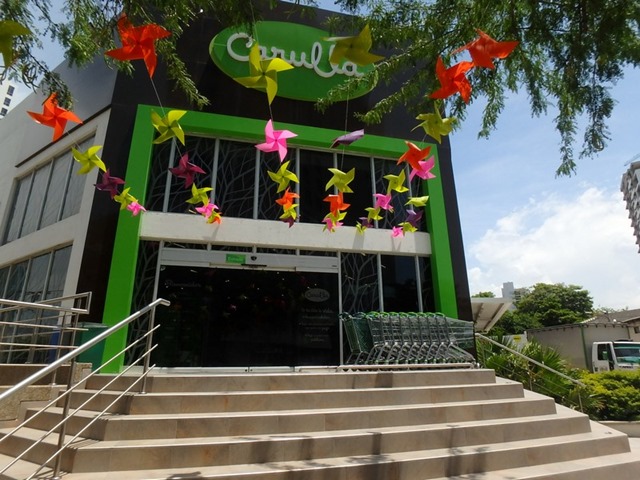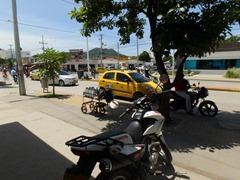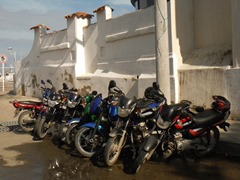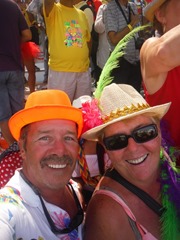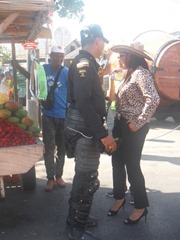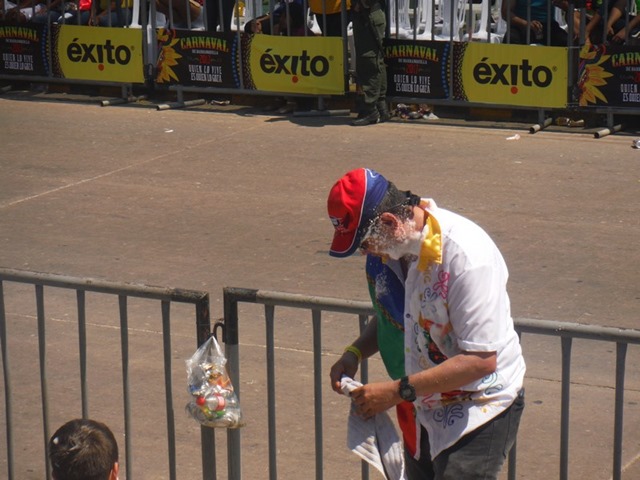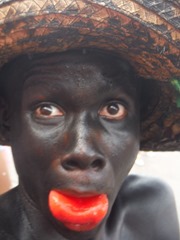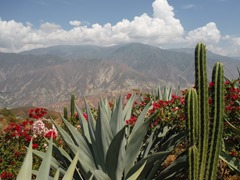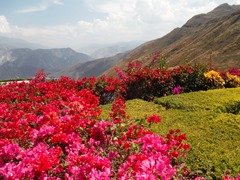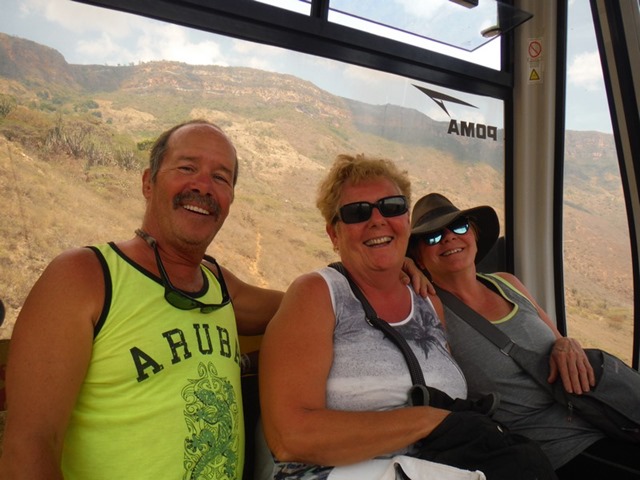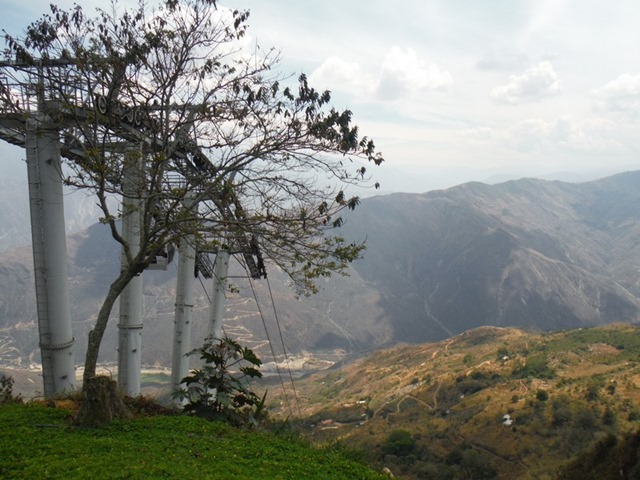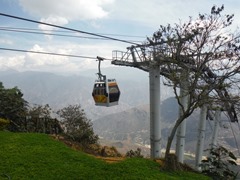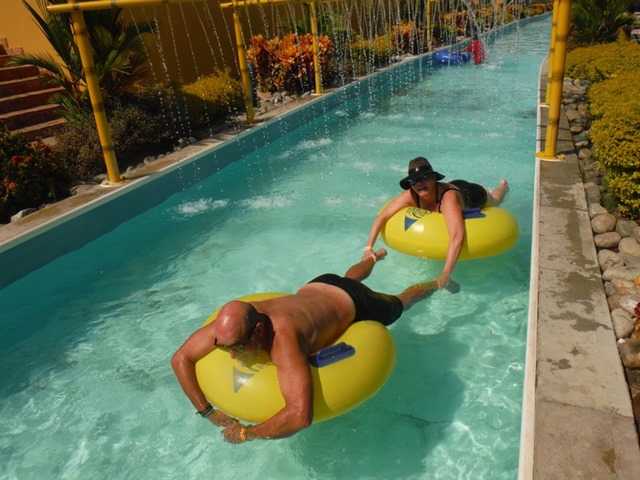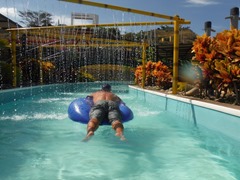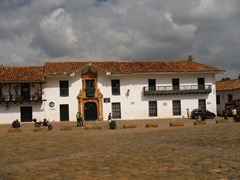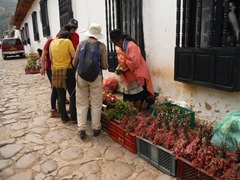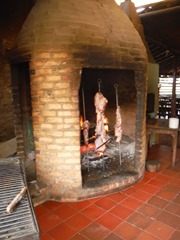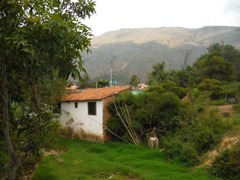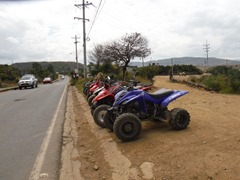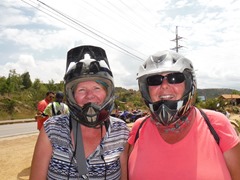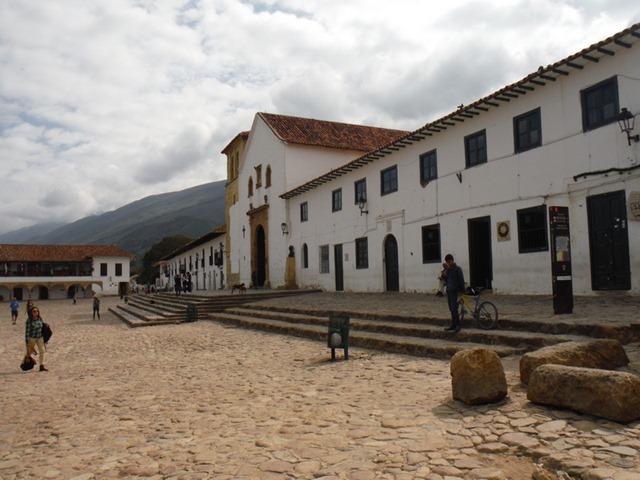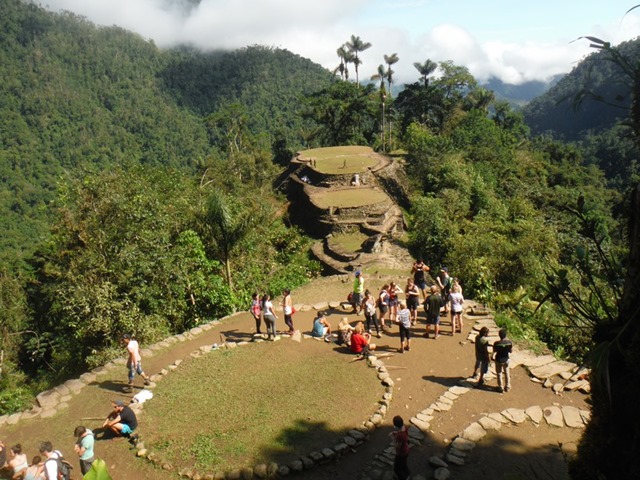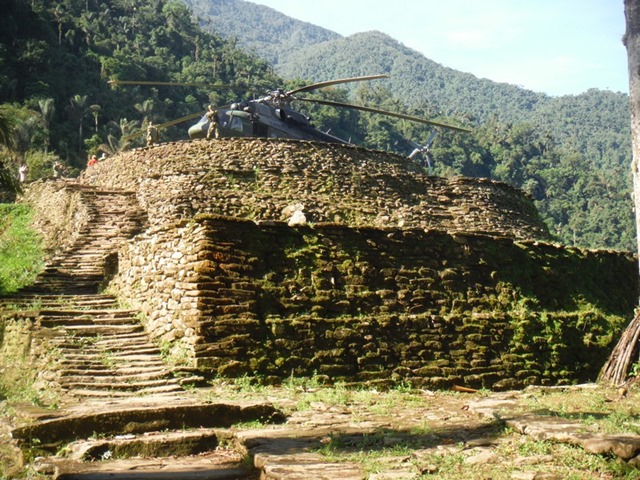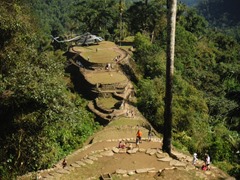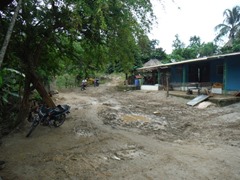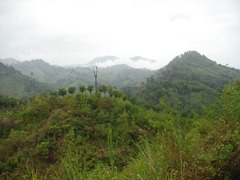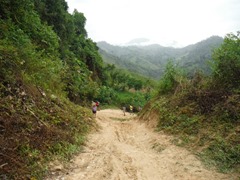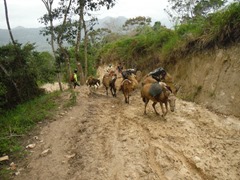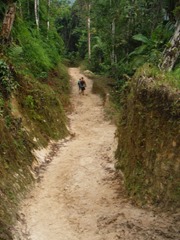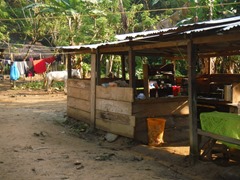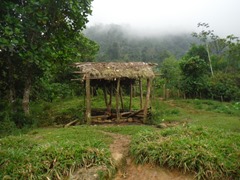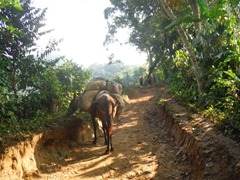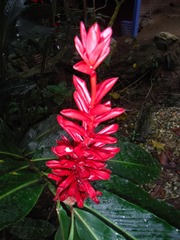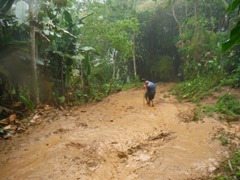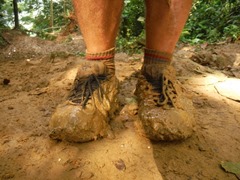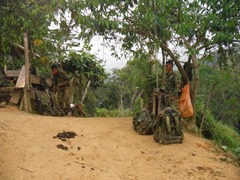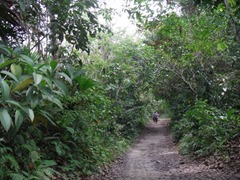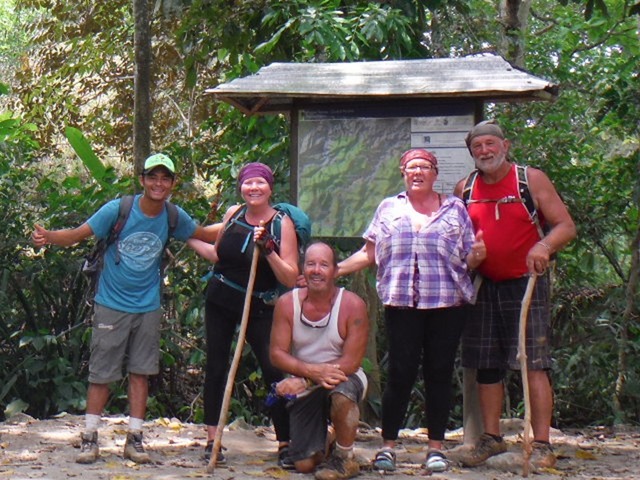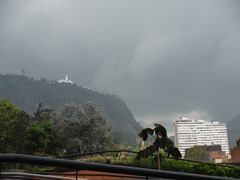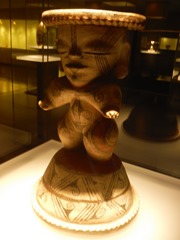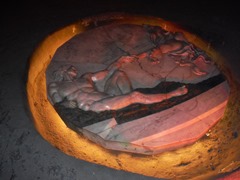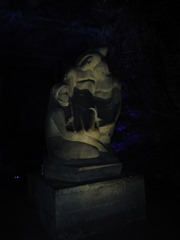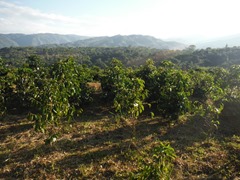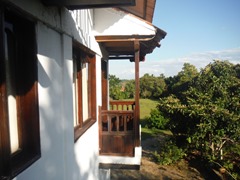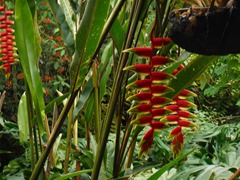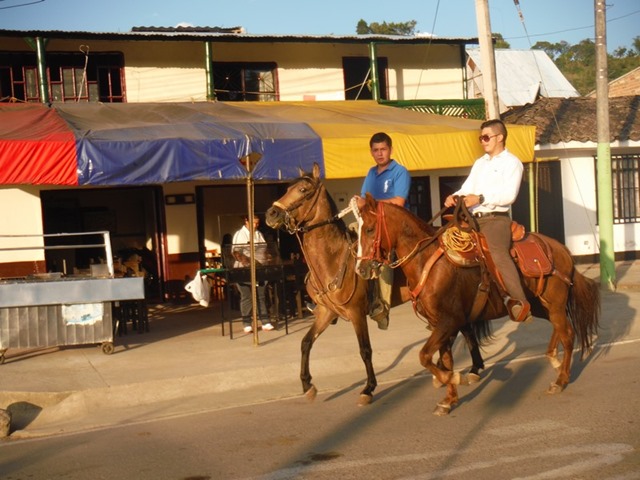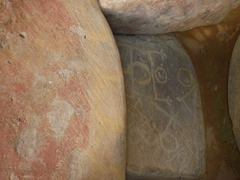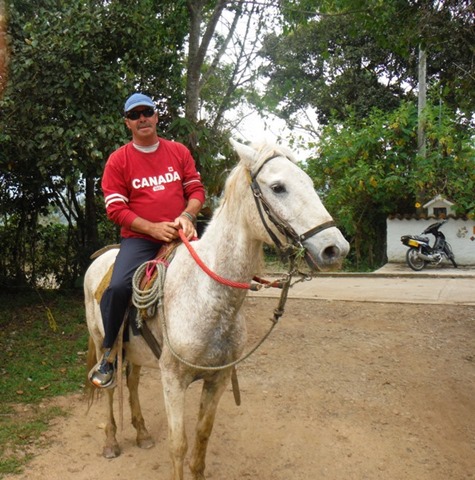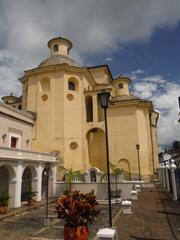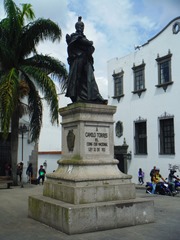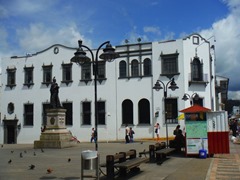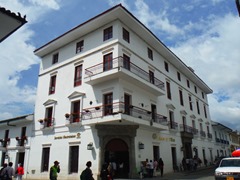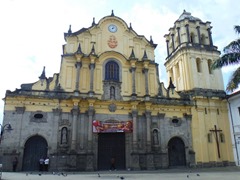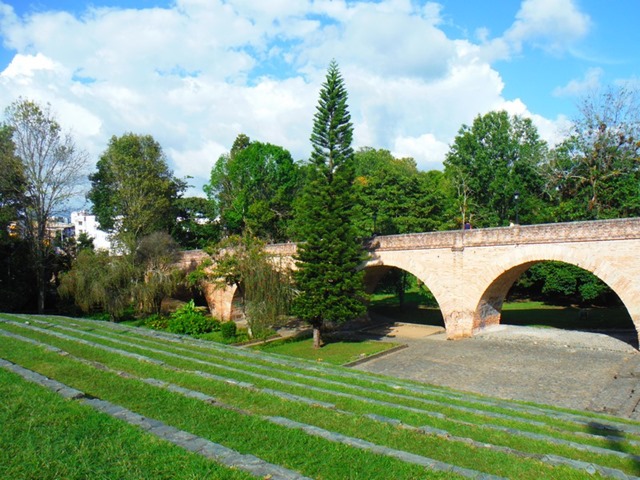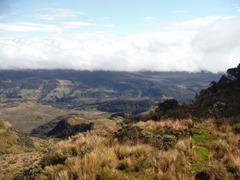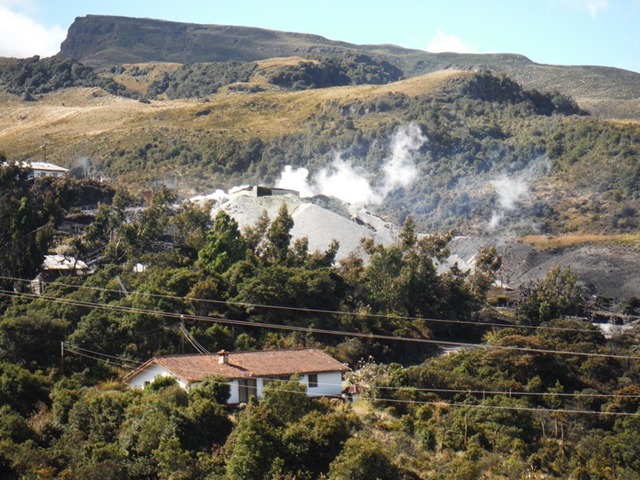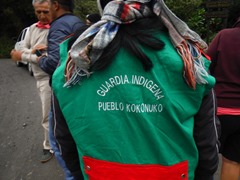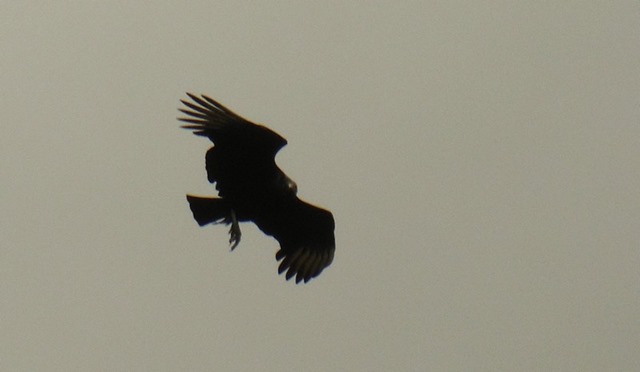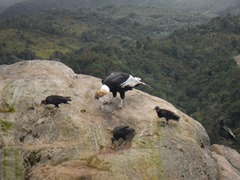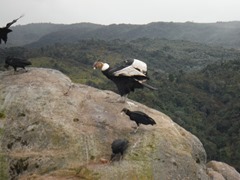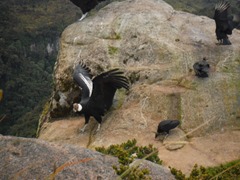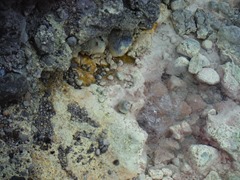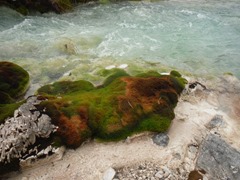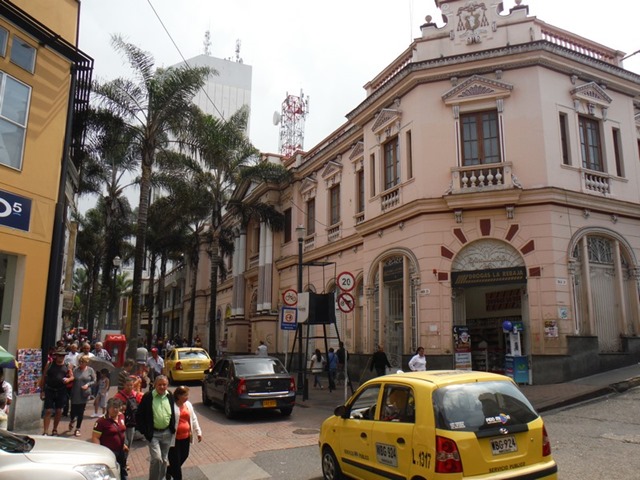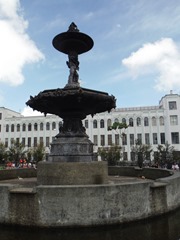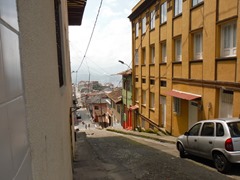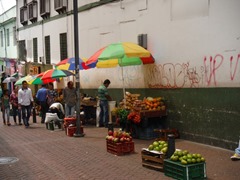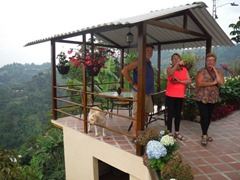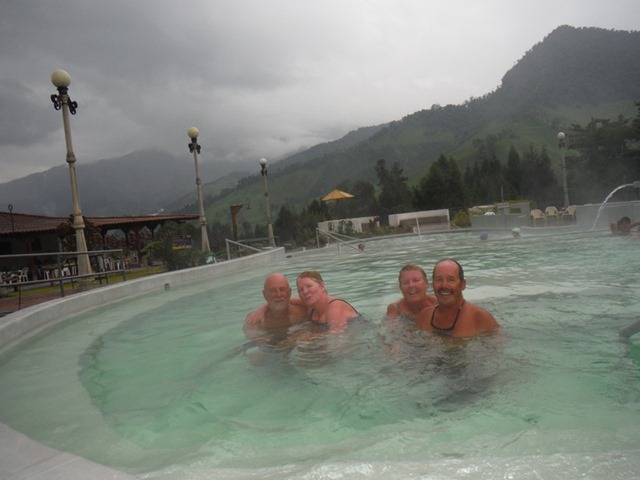The many places that we visit, the deciding factor to leave comes down to one thing, It’s time to move on. The last few days are spent readying Mistress, working on all the systems, which makes them quite tiring. The last night is spent tossing and turning, trying to get some sleep, anxious to get going.
The winds were forecast to be light, with the possibility of rain over the 212 nautical mile trip. Getting away from the coast of Panama, the waves settled to around 3 ft. It was a bit uncomfortable due to the fact that we hadn’t sailed in almost a year.
We did manage to miss most of the storms, but had one pour down on us for more than an hour, our old raincoats weren’t much help, but kept us warm.
We had calculated to arrive early in the morning, thinking to spend 2 full days at sea, travelling around 5 knots. Mistress sailed along, pushed by the current, faster than we thought , making landfall in the dark, 11:30 pm.
This has got to be one of the most confusing harbours to enter at night. In the dark we could not make out anything, only guided in by the chartplotter. We were well inside the harbour before we could recognize buildings on shore.
When we were slowing down getting ready to anchor the motor would not react, the linkage had come disconnected. We drifted along, narrowly missing a huge ship with no lights, before quickly dropping the anchor. We Arrived, it was now 2:00 am.
The culture in the islands have their origin in the mix of the African and European traditions Spanish and Creole { Bende or Carbeau English used by Raizales} are the native tongues., although most of the people of the island speak English.
Calypso, Reggae, Polka, Waltz, Mento, Schottist and Mazurca are the main music genres visitors can hear around the islands.
Architecture is of note as the are colorful and vivid. The diversity of the touristy attractions, hotels and the beautiful landscapes invite visitors to know the islands and have an amazing stay.
The south winds or hurricanes which cause serious problems to some islands and cruisers., are strange to these islands as the are located on the southeast of the Caribbean Sea basin. The archipelago is considered a good shelter from winds.
Many cruisers who arrive in San Andres or Providencia, come from Honduras, Guatemala ,{ Rio Dulce}, Panama, and other places in the Caribbean Sea.
The next day, we were invited by our friends, from Linton Bay Marina, Iris and Carl Meredith, who were here celebrating their 9th anniversary to tour the island. We spent the day driving completely around, stopping for a great lunch at one of the seaside restaurants.
After the whole day at the beach, and tired from the sun, our anchor decided to drag across the Bay. A French Canadian couple came out to visit us, and as they were leaving, actually they got scared away by a storm cloud, the bow of the boat swung around. I quickly went to the front to have a look, and could see the anchor skipping across the bottom. Returning to the cockpit and attempting to start the engine, we were handed our second problem……Won’t start. Calling the marina, and Coast Guard, problem number three……No answer. Luckily there were 2 small fishing boats near by that noticed our problem, and came to our assistance. Both boats had only 15 hp. motors but they were willing to help us re- anchor. With the wind pushing us they gave it their best, urged by a large fishing boat it was decided to tie up along side them. We found out that they had a mechanic onboard who would look at our engine. He quickly found a corroded connection, cleaned it and repaired. Next he looked at a small problem we have had for awhile, the button to Stop the engine. We have been taking the cover off the engine and manually pushing the solenoid to shut it down.
After spending about 1 1/2 hours, we now have a new stop switch installed. Touching the 2 wires together and holding them, will shut the engine off. Works!!!
We are the showcase of the main town dock.




